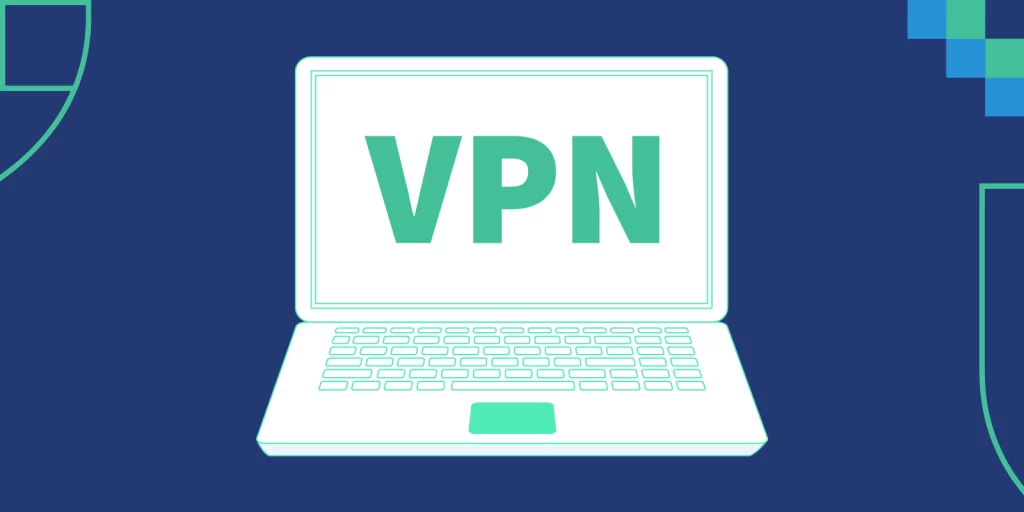Administrators are often concerned about how to safeguard servers from viruses. Malicious software threats of various kinds have been present for decades, with a theoretical scientific study on self-replicating computer programmes being published in 1949. Malware has been a constantly evolving danger since the first experimental viruses in the early 1970s. And as we enter the third decade of the twenty-first century, it’s still something corporations can’t afford to overlook.
Easy steps to protect servers
Firms, regardless of their industry or specialisation, must be aware of the threat that malware poses. While anti-malware software is commonly installed on PCs and workstations, many businesses are unaware that they may also need to safeguard their servers from malware.
You ‘ware it well
Malware is a catch-all term for a variety of software with the common goal of causing harm or preventing computers or computer systems from functioning. Malevolent software, or malware, is a term used to describe malicious software. Even if PCs, workstations, and other devices on the network have anti-malware security, a company’s server provides a focal point of vulnerability in a network that malware can target. Outdated software may have weaknesses that malware might exploit, which is why Microsoft’s impending end of support for Windows 7 has created so much alarm throughout the world.
Users may mistakenly upload malicious data to servers even within a network. If they do, the virus embedded in those files can spread to any other systems that access those files, including the server itself. A server could be compromised with ransomware, a virus, or even malware capable of cutting a company off from its server if this happens. This prevents all network users from accessing crucial apps that rely on the server.
Prevention > cure
It takes a lot of time, money, and effort to recover from a virus attack. If the problem affects the entire system, restoring everything from backups can take weeks or even months. It’s worth noting that we’re presuming you’ve properly backed up your data and systems beforehand. So, given the importance of malware protection, how can you ensure that your own servers are adequately protected?
How to protect servers against malware
It’s critical to keep malware at bay on a per-device and per-user basis. This involves keeping malware protection up to date on every device that connects to your network. Maintain vigilance. Allow workers who work from home to connect to your network via a virtual private network (VPN). Malware may find its way onto your server if you don’t properly protect the devices.
As previously stated, you cannot defend servers from malware merely at the user or PC level. Anti-malware software is used to safeguard servers from malware. It enables native malware scanning and server monitoring without the need for PC software. Scanning a server with a PC poses a significant security risk because it necessitates mapping a disc to the server. As a result, everything on the server becomes accessible to hackers or malware. To acquire total access, they would only need to compromise one PC. This vulnerability is closed using native server malware prevention.
Anti-malware security for servers that is most effective has a comparable set of features. It allows you to run scheduled scans on your server to detect malware, as well as unscheduled scans when needed. If malware is discovered, anti-malware tools remove it, usually after quarantining it to prevent it from spreading. Once any leftovers have been removed, the application will initiate automatic cleaning processes to reduce the chance of infection.
Feel free visit our Casbay Australia website for more details about VPN. Please do not hesitate to contact us if you have any questions.



